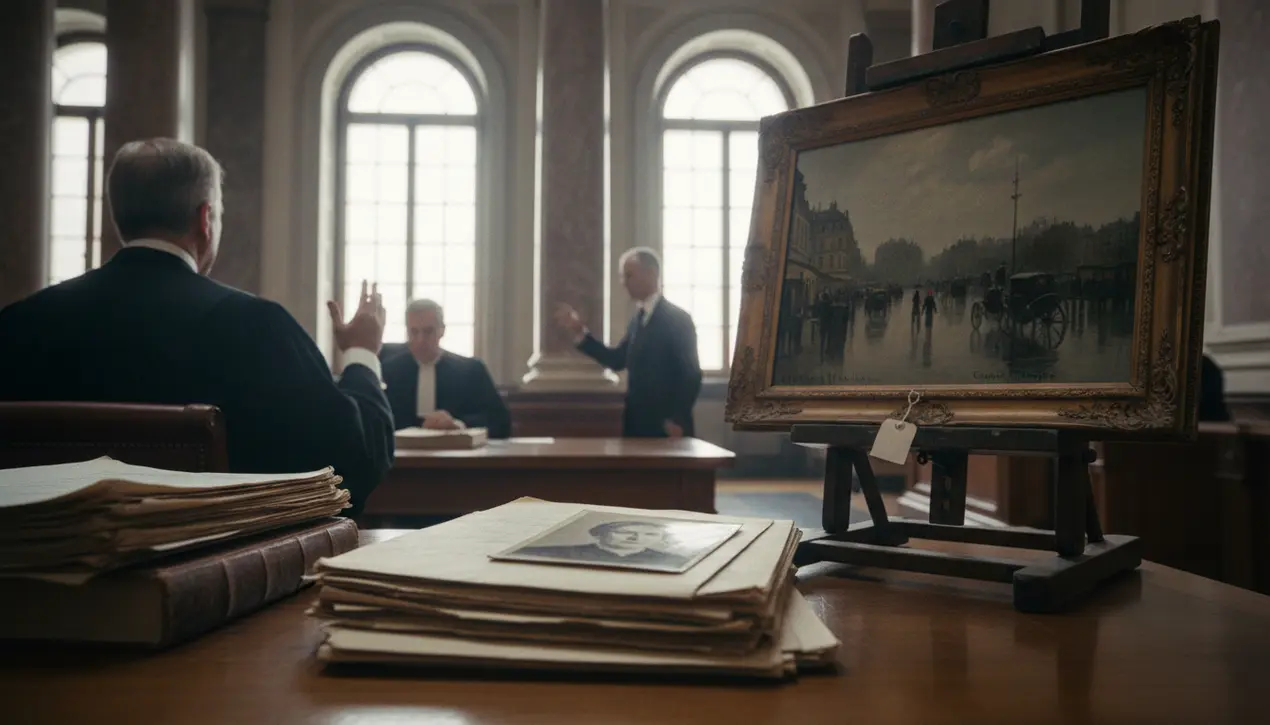
Otherlaw & courtsLegal Reforms
California Continues Legal Fight for Nazi-Looted Pissarro
AN
Anna Wright
1 day ago7 min read2 comments
The quiet, persistent battle for a painting stolen by the Nazis in 1939 from Lilly Cassirer Neubauer and her husband Otto represents far more than a simple property dispute; it is a profound test of historical justice and the moral fiber of international legal systems. This Pissarro, a tangible fragment of a life shattered by systematic persecution, has become a central figure in a protracted legal drama playing out in California courtrooms, where the state has recently doubled down on its efforts to see the artwork restituted to the Cassirer heirs.The case hinges on the unsettling legal principle of ‘foreign sovereign immunity,’ a doctrine that can shield nations from lawsuits, which the current possessor, the Thyssen-Bornemisza Museum in Madrid, has leveraged, arguing Spain’s ownership is legitimate despite the work’s dark provenance. This legal shield, when applied to such a clear-cut case of looted cultural property, creates a chilling dissonance, forcing us to question whether the architecture of international law is equipped, or even willing, to correct the gravest historical wrongs.The emotional core of this story lies with Lilly Cassirer Neubauer herself, who was forced to surrender the painting for a pittance merely to secure an exit visa from a Germany that had turned murderously against its own Jewish citizens, a transaction made under the explicit duress of genocide and thus legally and ethically void. For decades, her descendants have pursued this quest not for monetary gain, but for the restoration of a family narrative brutally interrupted, a fight that echoes the struggles of countless other families whose heirlooms and heritage remain scattered across the world’s prestigious museums and private collections.The California legal revival signals a growing, and necessary, impatience with the glacial pace of restitution and the often-convenient amnesia of institutions that benefit from such tainted treasures. Art historians and legal experts watching the case note that its outcome could set a pivotal precedent, potentially forcing a re-evaluation of how ‘good faith’ purchase is defined when the shadow of the Holocaust looms so large over an object’s history.The museum’s defense, that it was unaware of the theft when it acquired the collection, rings hollow to many, as due diligence in the late 20th century should have uncovered the painting’s traumatic journey from a Jewish home to the Nazi apparatus. This is not merely a Spanish or American issue; it is a global litmus test for accountability, challenging nations to look beyond their sovereign borders and legal technicalities to acknowledge a universal responsibility. The fight for this single Pissarro is a microcosm of the larger, unfinished project of Holocaust restitution—a poignant reminder that the legacy of that era is not locked in history books but lives on in courtrooms, museum galleries, and the unresolved grief of families who continue to seek a fragment of what was stolen from them, a sliver of justice painted on a canvas.
#Nazi-looted art
#Pissarro painting
#restitution
#California
#legal battle
#Cassirer family
#featured
Stay Informed. Act Smarter.
Get weekly highlights, major headlines, and expert insights — then put your knowledge to work in our live prediction markets.
Comments
Loading comments...
© 2025 Outpoll Service LTD. All rights reserved.